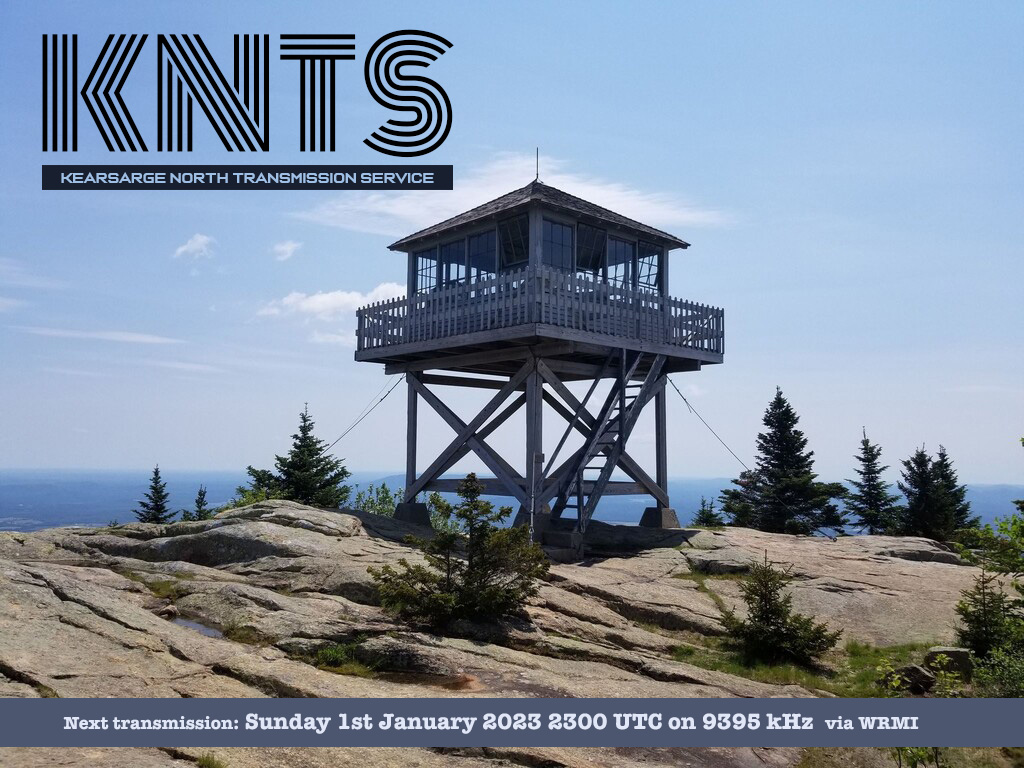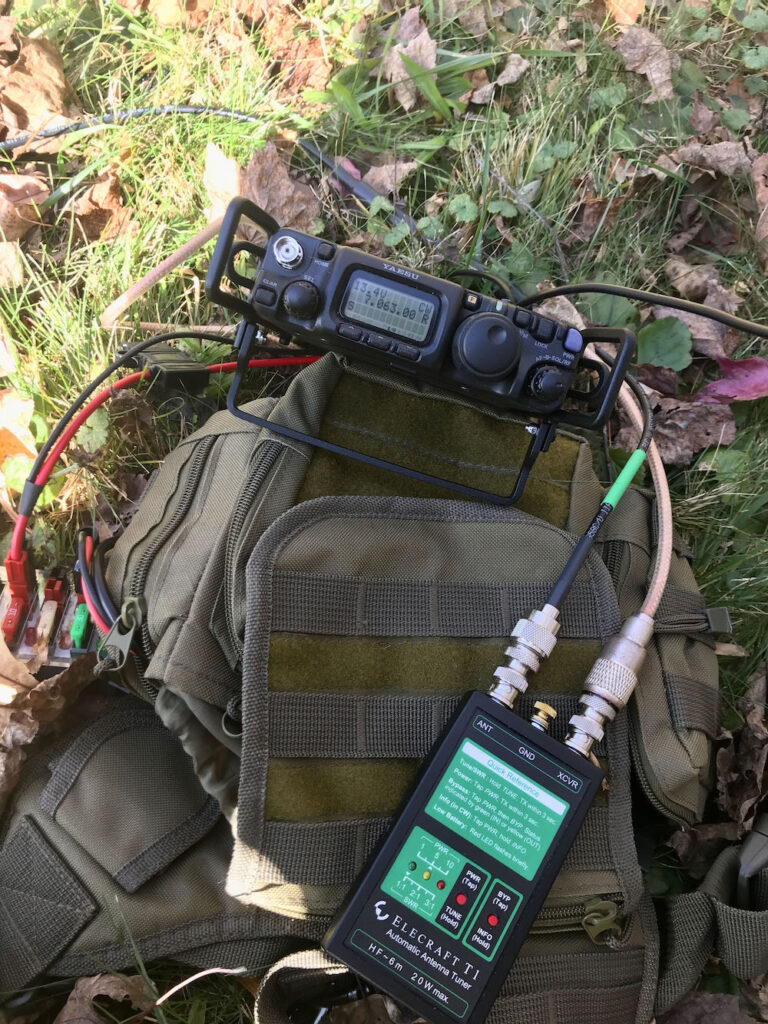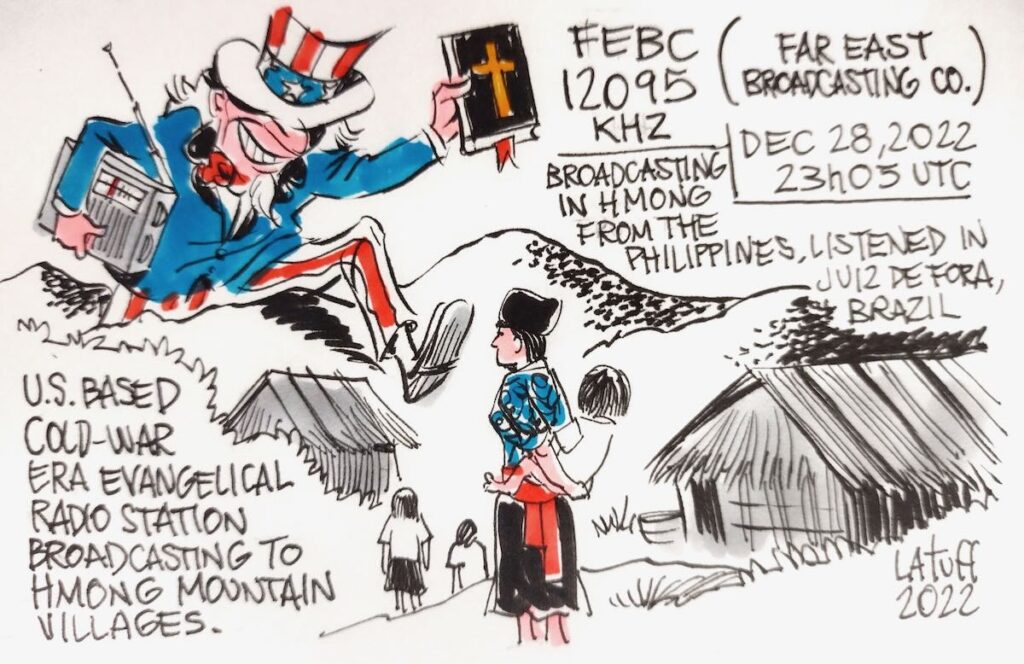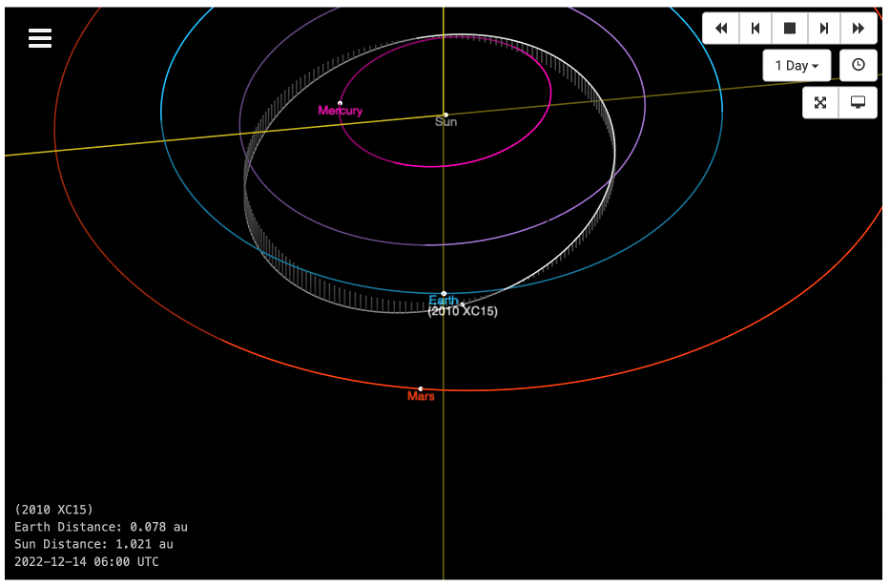Seasonal greetings and a Happy New year from Fastradioburst23 and all of the crew at Imaginary Stations. Explore more “frequencies of the imagination” on Sunday 1st January 2023 as Kearsarge North Transmission Service goes on the air via WRMI at 2300 hrs UTC on 9395 kHz. Tune in and enjoy. More on the show below:
Jeff’s recordings of HAARP’s Asteroid Sweep Signals
 Many thanks to SWLing Post contributor, Jeff Cooper (KJ7LTU), who writes:
Many thanks to SWLing Post contributor, Jeff Cooper (KJ7LTU), who writes:
Hello Thomas!
First thank you for continuing to update your blog and website. It is such a great resource for those of us still tuning in to those distant waves.
I was doing some listening this morning [December 27, 2022] and checked your blog only to find out the HAARP experiment was underway. I quickly tuned to 9600 kHz and managed to pick up the signal twice in Southern Idaho. I made recordings of the capture and posted them on YouTube:
Please note: To be very clear, these are recordings of the transmitted sweep signals from HAARP. These are not recordings of the actual bounced signal from the asteroid. HAARP and NASA would need an extraordinarily high-gain antennas and radio astronomy-grade low noise receivers to detect a signal at this distance.
1732 UTC:
1752 – 1810 UTC:
-Jeff Cooper (KJ7LTU)
Thank you so much for sharing these recordings with us. I think HAARP is going to get reports from across the globe. Seems these sweep signals were widely received. I’m very curious if HAARP met any success hearing one of the signals bounced back to earth from the target asteroid. Hopefully, we’ll soon learn!
The Yaesu FT-818ND has been discontinued
Yesterday, on QRPer.com, I posted an announcement from Yaesu stating that they are discontinuing the Yaesu FT-818ND and FTM-400 series radios. Here’s the actual message from Yaesu:
“Please be informed that the production of the FT-818ND and FTM-400XDR will be discontinued. We are forced to make this unfortunate decision due to difficulty we are having with the availability of some components. We appreciate your long-term patronage of the FT-818ND and FTM-400XDR.”
I’m quite a fan of the FT-818 and FT-817 series radios. I purchased the original FT-817 from the very first production run in 2001. At the time, I was living in the UK and traveling extensively throughout Europe. The Yaesu FT-817 was such a capable traveling companion and also well-suited for the shack.
The FT-817 was the first affordable QRP general coverage transceiver from one of the “big three” manufacturers (approx. $670 US from the very beginning) that not only covered all of the HF bands, but even VHF and UHF. It also had a rechargeable battery pack and two separate and selectable antenna inputs (SO-239 and BNC); a unique feature set to this very day!
Yeasu knocked it out of the ballpark so hard that over two decades later, this same radio (slightly upgraded as the FT-818ND) was still being manufactured. It was a QRP-sized cash cow for Yaesu.
As a ham radio operator that primarily plays radio in the field (click here to read some of my field reports), I love the FT-817/818’s audio, receiver, durability, and excellent full break-in CW operation. One negative is that it had become difficult to find Collins narrow mechanical filters for CW operation, but in this tutorial on QRPer.com, you can learn how to easily assemble on on your own.
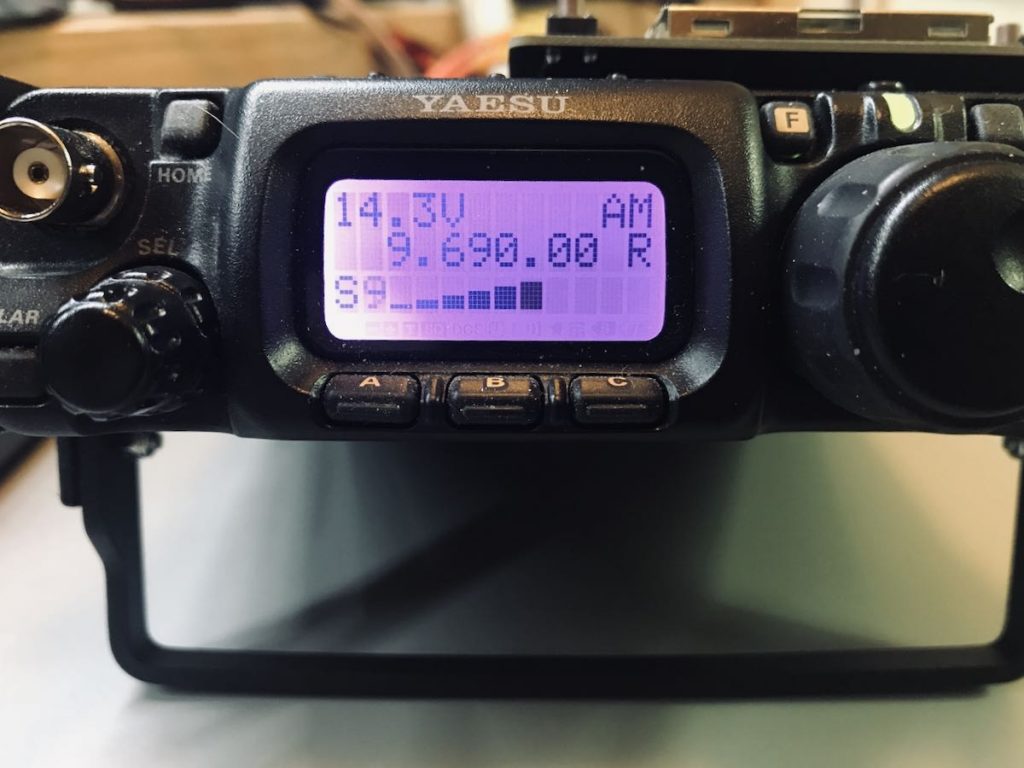 As a shortwave radio listener, I’m incredibly pleased with the 817/818’s performance as a broadcast band receiver. When I lived in the UK, especially, it was my only shortwave radio connected to a proper longwire antenna and it served me incredibly well. Its main drawback was the tiny front faceplate and mini encoder, but its other features compensated for its ergonomics.
As a shortwave radio listener, I’m incredibly pleased with the 817/818’s performance as a broadcast band receiver. When I lived in the UK, especially, it was my only shortwave radio connected to a proper longwire antenna and it served me incredibly well. Its main drawback was the tiny front faceplate and mini encoder, but its other features compensated for its ergonomics.
The Enduring 817/818
I wrote a long article that was originally published in the October 2022 issue of The Spectrum Monitor magazine entitled, “The enduring Yaesu FT-817 and FT-818 series transceivers.” This full article has now been posted on QRPer.com–click here if you’d like to read it.
While the FT-818ND is very much a legacy design and outdated when compared to modern SDR transceivers with built-in sound cards, spectrum displays, SWR analyzers, variable filters, etc. it still very much holds its own.
If you’ve been thinking about purchasing a new FT-818ND, now would be the time to bite the bullet. It’s your last chance to purchase one new from an authorized distributor, carrying a full factory warranty. Most Yaesu distributors still have inventory, but they are being depleted fairly quickly.
Click here to check inventory at the following retailers:
- DX Engineering
- Ham Radio Outlet
Gigaparts(inventory depleted)- ML&S
- Nevada Radio
- Amazon.com (affiliate link)
FT-818 replacement/upgrade?
For over a decade I’ve seen rumors floating around about a replacement for the FT-817/818. While I should hope that Yaesu is in the process of designing another QRP radio (especially since QRP and field radios are such a hot segment of the ham radio market at present), they’ve been clear that they’ve no plans to announce a replacement anytime soon.
Carlos’ Shortwave Art and recording of FEBC (December 28, 2022)
Many thanks to SWLing Post contributor and noted political cartoonist, Carlos Latuff, who shares his radio log art of a recent NHK World broadcast.
Carlos’ goal is to vividly illustrate the broadcaster’s message in his own unique artistic style and is not a reflection of his own beliefs or those of the SWLing Post. His objective is for his artwork to add historical context and put a visual with the news, reporting, and broadcast content:
Carlos notes:
Listening in Juiz de Fora, Brazil, on shortwave frequency of 12095 kHz, US-based Cold War-era evangelical radio station FEBC, broadcasting from The Philippines to Hmong mountain tribes.
BBC Radio 4 – Lights Out: Call Signs
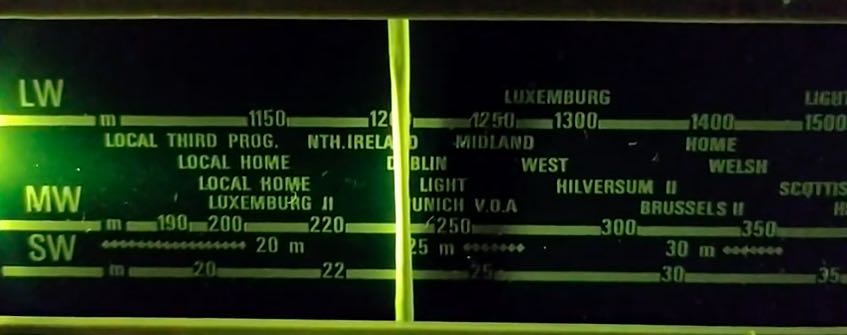
My dear friend and SWLing Post community member, Volodymyr Gurtovy (US7IGN), has been featured in another brilliant documentary on BBC Radio 4 called Call Signs.
This documentary was produced by the talented Cicely Fell with Falling Tree productions for BBC Radio 4. Note that Cicely also produced a BBC Radio 4 Short Cuts earlier this year featuring Vlad as well. Enjoy:
BBC Radio 4 Lights Out: Call Signs
A man, a Mouse and a morse key: the story of a radio amateur in Kyiv as the Russian invasion unfolds.
When his wife and two children flee Kyiv to escape the war, Volodymyr Gurtovy (call sign US7IGN) stays behind in their apartment with only his radios and the family hamster, Mouse, for company.
Before the war, he used to go deep into the pine forests, spinning intricate webs of treetop antennas using a fishing rod, catching signals from radio amateurs in distant countries.
Prohibited by martial law from sending messages, he becomes a listener, intercepting conversations of Russian pilots and warning his neighbours to hide in shelters well before the sirens sound. After three months of silence, he begins transmitting again. Switching his lawyer’s suit for a soldering iron, he runs a radio surgery for his friends and neighbours, dusting off old shortwave receivers and bringing them back to life.
During air raids, he hides behind the thickest wall in his apartment, close to his radios, their flickering amber lights opening a window to another world. A story of sending and receiving signals from within the darkness of the Kyiv blackout.
Music: Ollie Chubb (8ctavius)
Producer: Cicely Fell
A Falling Tree production for BBC Radio 4
Listen to Call Signs on BBC Sounds by clicking here, or via the embedded player below:
Today: HAARP to bounce signal off asteroid; SWLs/Hams asked to listen and record results
 Many thanks to a number of SWLing Post readers who share the following announcement–also previously noted by Robert–from the University of Alaska Fairbanks (followed by an announcement from the ARRL):
Many thanks to a number of SWLing Post readers who share the following announcement–also previously noted by Robert–from the University of Alaska Fairbanks (followed by an announcement from the ARRL):
HAARP to bounce signal off asteroid in NASA experiment (UAF News)
An experiment to bounce a radio signal off an asteroid on Dec. 27 will serve as a test for probing a larger asteroid that in 2029 will pass closer to Earth than the many geostationary satellites that orbit our planet.
The High-frequency Active Auroral Research Program research site in Gakona will transmit radio signals to asteroid 2010 XC15, which could be about 500 feet across. The University of New Mexico Long Wavelength Array near Socorro, New Mexico, and the Owens Valley Radio Observatory Long Wavelength Array near Bishop, California, will receive the signal.
This will be the first use of HAARP to probe an asteroid.
“What’s new and what we are trying to do is probe asteroid interiors with long wavelength radars and radio telescopes from the ground,” said Mark Haynes, lead investigator on the project and a radar systems engineer at NASA’s Jet Propulsion Laboratory in Southern California. “Longer wavelengths can penetrate the interior of an object much better than the radio wavelengths used for communication.”
Knowing more about an asteroid’s interior, especially of an asteroid large enough to cause major damage on Earth, is important for determining how to defend against it.
“If you know the distribution of mass, you can make an impactor more effective, because you’ll know where to hit the asteroid a little better,” Haynes said.
Many programs exist to quickly detect asteroids, determine their orbit and shape and image their surface, either with optical telescopes or the planetary radar of the Deep Space Network, NASA’s network of large and highly sensitive radio antennas in California, Spain and Australia.
Those radar-imaging programs use signals of short wavelengths, which bounce off the surface and provide high-quality external images but don’t penetrate an object.
HAARP will transmit a continually chirping signal to asteroid 2010 XC15 at slightly above and below 9.6 megahertz (9.6 million times per second). The chirp will repeat at two-second intervals. Distance will be a challenge, Haynes said, because the asteroid will be twice as far from Earth as the moon is. [Continue reading…]
The ARRL provides the following specific information about how SWLs and Hams can participate:
Amateur Radio Operators Invited to participate in Asteroid Bounce Experiment (ARRL News)
The High-frequency Active Auroral Research Program (HAARP) will be conducting a research campaign/experiment on December 27, 2022, with transmissions between 1100 – 2300 UTC (0200 – 1400 AKST).
[…]Actual transmit times are highly variable based on real-time ionospheric conditions and all information is subject to change. Currently, the Asteroid Bounce (2010 XC15) experiment will take place Dec. 27, 2022, from 1100 UTC to 2300 UTC; 9.6 MHz, LFM (linear FM), 0.5 Hz WRF (waveform repetition frequency), 30 kHz bandwidth. Reports recording echo are encouraged; demodulated recordings in .wav or .mp3 are recommended.
For real-time ionospheric conditions in Gakona, please consult ionograms from the HAARP Diagnostic Suite at https://haarp.gi.alaska.edu/diagnostic-suite.
Amateur radio and radio astronomy enthusiasts are invited to listen to the transmissions/echoes and submit reception reports to the HAARP facility at [email protected] and request a QSL card by mailing a report to:
HAARP
P.O. Box 271
Gakona AK 99586
USA
Click here to read this announcement on the ARRL News website.
Alexander’s POV: Community disaster preparedness favors ham radio in Germany
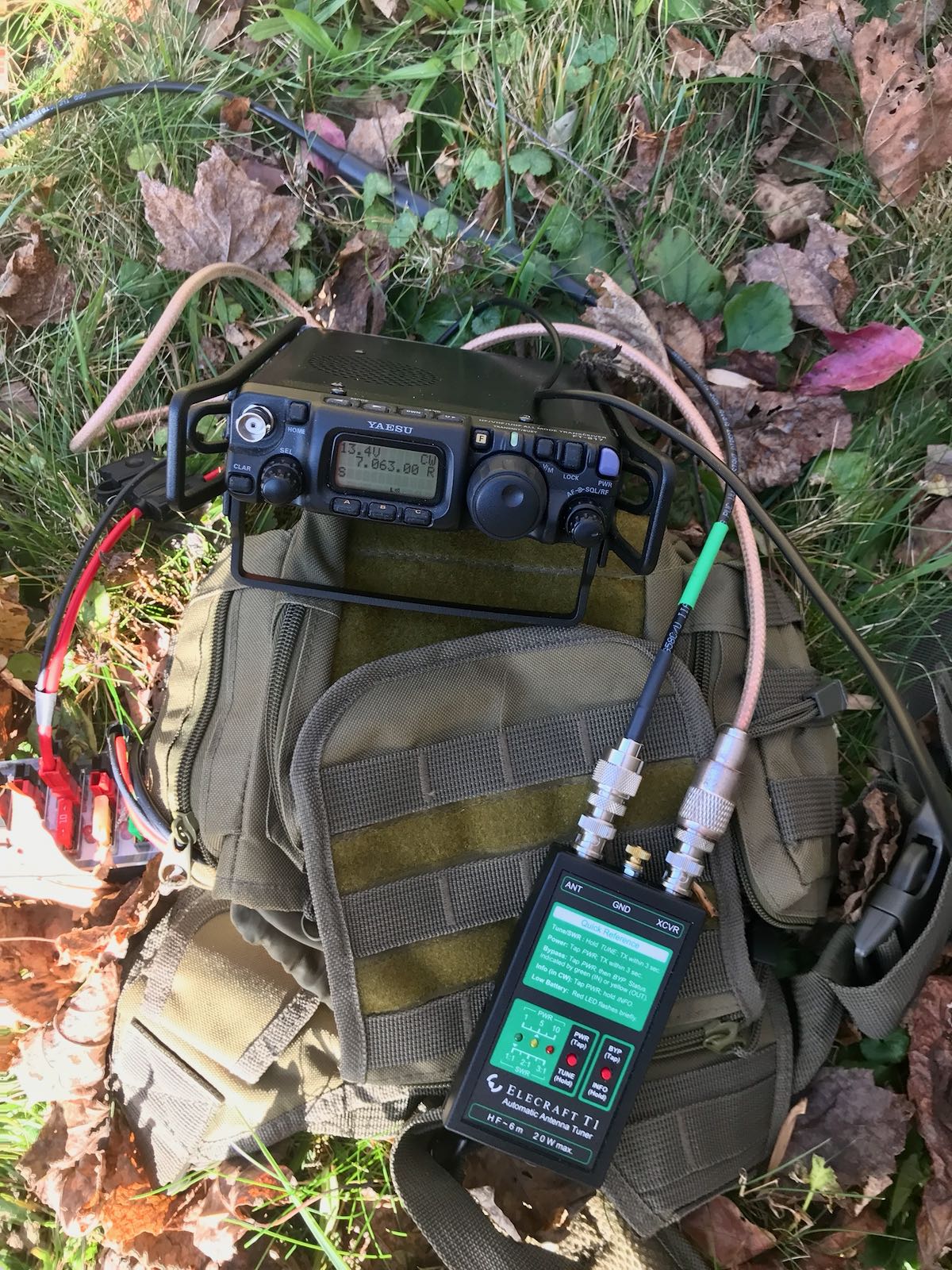 Many thanks to SWLing Post contributor, Alexander (DL4NO), who writes:
Many thanks to SWLing Post contributor, Alexander (DL4NO), who writes:
A Message from Germany: Growing Disaster Preparedness favours Ham Radio
For a long time most radio amateurs in Germany found themselves in the defensive: Building regulations, combined with EMC standards, heavily restrict antenna possibilities. Neighbors fear “dangerous” radiation, often going to court without any legal reasons. Emergency services got a much improved digital communication systems (TETRA), removing many of the artificial borders where they sometimes used ham radio to build bridges.
This could be quite different, as you can see in Austria. If radio amateurs organize a congress about emergency traffic, even the federal government and the Austrian army send competent representatives.
But the political turmoil and the connected energy crisis change attitudes in quite some branches of administrations:
The county of Soest urges citizens to buy license-free PMR handheld radios so they can reach the “light houses” that the county of Soest is creating all over its area.
The county of Ebersberg, east of Munich, is well known for its initiatives. Recently they invited the regional chapter of DARC, our German ham radio society, to discuss the build-up of a resilient data net for the county. In normal times, this data net could be used as part of HAMNET, our part of 44net. The county and towns would help to get access to suitable positions, including power supply. Some of the stations, for example on town halls, might be dormant most of the time. But as soon as power goes out, local radio amateurs are to activate the emergency net. The first application is to be VoIP, i.e. a independent phone service.
The county of Freising, a few km to the north, is also interested in working together with radio amateurs. We are just building a task force for this.
These activities are quite different from traditional emergency traffic. The most important difference: We work as enablers, not as radio officers. Our task will be to maintain the system, make it operational in case of an emergency, and introduce the officials to its use.
This is critical as we do not have enough radio amateurs to get the messages, send them over our system, and hand them down to the respective officer: Multply 2 radio amateurs by 3 shifts per day by a new crew every second day by the number of sites.
And in normal times, we can enjoy a much improved HAMNET coverage. Until now, most radio amateurs only had to access 44net through VPNs over the Internet.
Please comment!

